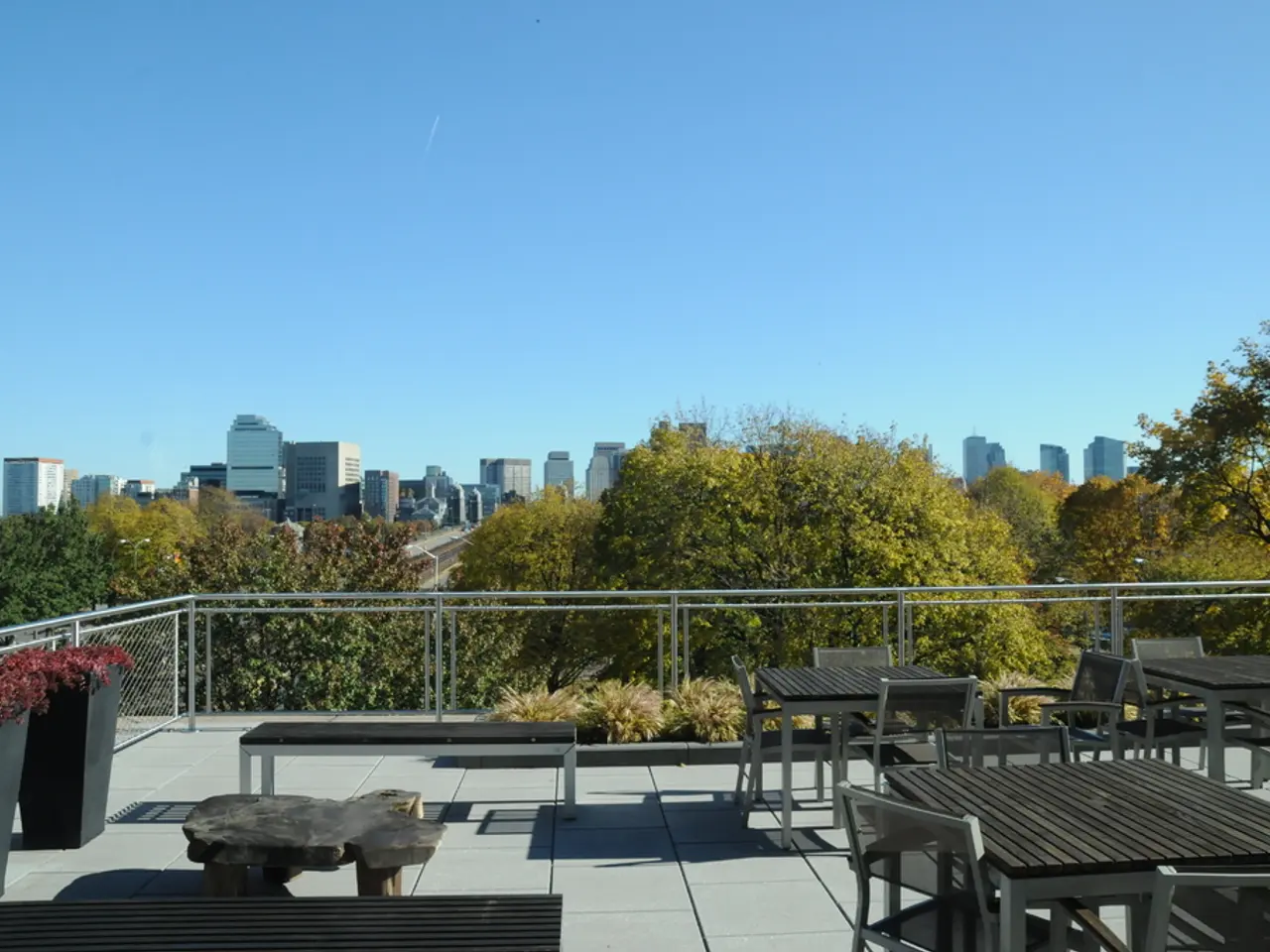Key Points for Pondering Before Embarking on a Restaurant's Facelift
Planning a restaurant renovation is an exciting yet challenging endeavour. To ensure a smooth process and successful outcome, essential tips focus on budgeting, timing, design, and compliance with regulations.
Budgeting and Cost Considerations
Establish a detailed budget early, including design, permits, construction, equipment, furnishings, labor, and marketing expenses. Allocate a contingency fund for unexpected costs. Major cost drivers include interior design and planning fees, building permits and inspections, equipment purchase or leasing, structural work, furnishings and decor, labor costs, marketing, and advertising.
Timing and Project Sequence
Typical renovation timelines for a kitchen remodel range from 8 to 12 weeks, divided roughly into 4-6 weeks for planning and pre-construction and 4-6 weeks for construction. Follow a clear sequence: define the renovation scope and create architectural and ventilation plans, secure financing and obtain all necessary permits, select a qualified contractor and order materials with lead times in mind, complete demolition, followed by installation of rough plumbing, electrical, HVAC, pass inspections before finishing with cabinetry, flooring, finishes, appliances, and final touches. Proper sequencing is crucial to avoid costly delays and ensure quality.
Design and Layout Considerations
The kitchen design should optimize workflow and minimize staff fatigue by logically arranging cooking stations, prep, and storage areas. Compliance with health, safety, ventilation, and fire suppression codes is mandatory to pass inspections and operate legally. The dining area design must balance seating capacity and guest comfort, using varied seating types and allowing sufficient space for accessibility and service flow. Incorporate back-of-house logistics such as delivery and goods receiving to avoid disruption in dining areas.
Other Key Considerations
Work with professionals experienced in restaurant renovations for specialized systems like exhaust hoods, grease traps, and fire suppression. Plan for equipment and material lead times when ordering to align with the renovation schedule and avoid hold-ups. Include marketing and advertising in your post-renovation budget for building customer awareness of the new space.
Adhering to these tips can help keep the project on time, on budget, and result in a functional, attractive restaurant that complies with local regulations and enhances customer experience. The menu should evolve along with the renovated space, offering opportunities to streamline offerings, introduce new dishes, improve inventory management, and potentially increase sustainability and reduce costs.
Navigating permits and regulations is essential during a restaurant renovation, as failure to comply can result in costly delays or fines. Marketing the renovated restaurant can attract new customers and excite existing ones through a re-launch event, updating website and social media, and considering special promotions.
Toast's insights offer valuable guidance on effective budgeting for restaurant renovations. Getting multiple quotes for every aspect of the renovation and scrutinizing each line item can help find savings in unexpected places. A professional designer is recommended for restaurant renovations, as they understand the unique demands of the industry and can help create a functional and aesthetically pleasing space.
A successful renovation isn't just about making the restaurant look better; it's about making it work better for customers, staff, and the bottom line. The renovation of a restaurant requires careful financial planning, with at least 20% of the budget allocated for unexpected costs. Building a good relationship with local inspectors can help smooth the approval process for permits.
Integrating the latest technology can significantly enhance operational efficiency and customer experience, with examples including state-of-the-art POS systems and online reservation platforms. Upgrading kitchen equipment during a renovation should balance desires with practicality, considering the necessity for high-end equipment and the long-term value of energy-efficient and multi-functional equipment.
Staffing is an important aspect of a restaurant renovation, with opportunities to assess and optimize workflow, training programs, and staff roles during the renovation process. Time management is crucial in restaurant renovations, as delays are common and can impact the business. Engaging with customers during the planning process can provide valuable insights into what they value and expect from the restaurant. Flexibility in design can allow the renovated space to adapt to changing dining habits and market conditions.
Incorporate home-and-garden elements into the dining area design to create a welcoming and comfortable atmosphere for customers. This can be achieved by using natural materials, such as wood, stone, or plants, in the furniture and décor (home-and-garden).
To maximize the restaurant's potential, consider implementing a lifestyle approach to the design and marketing of the renovated space. This could involve integrating sustainable, eco-friendly practices and community-focused initiatives, reflecting modern consumer preferences and trends (lifestyle).








